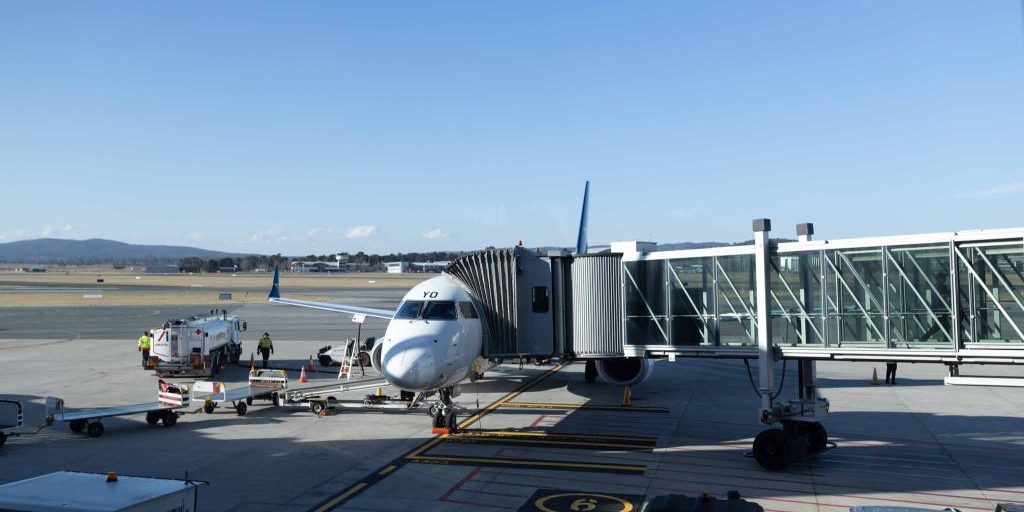Airservices Australia is set to complete the detailed design of the airspace and flight paths for Western Sydney International (Nancy-Bird Walton) Airport (WSI), ensuring operational safety and noise management principles are central to aircraft operations at Australia’s newest major gateway.
The Minister for Infrastructure, Transport, Regional Development and Local Government has today authorised the preliminary flight paths for WSI contained in the final Environmental Impact Statement (EIS).
The airspace and flight paths will now proceed to the detailed design stage led by Airservices Australia, and, subject to approval by CASA, will be implemented in time for commencement of aviation operations at WSI in 2026.
The detailed design process will include simulation testing and ongoing safety assessments, community consultation on noise monitoring locations and noise abatement procedures, and raising awareness of how the flightpaths and airspace will operate.
Airservices Australia CEO Rob Sharp said measures announced by the Minister to minimise the impact of aircraft noise on residents would be implemented by Airservices for WSI.
“The Minister’s directive to prioritise the use of Reciprocal Runway Operations and Noise Abatement Procedures at night, when conditions allow, will form a key part of our operating plan for WSI,” he said.
“Throughout the detailed design process we will be actively engaging with industry stakeholders and communities so they know what to expect when WSI commences operations in 2026.”
Airservices will shortly commence engagement with the community to share information on how the flight paths as presented in the EIS will be operated, as well as seeking feedback on Noise Abatement Procedures (NAPs) and the location of noise monitors.
As announced by the Minister, Airservices will also participate in a community engagement mechanism to be established to monitor and resolve aircraft noise and flight path issues during the early years of WSI’s operation.
About Airservices
Airservices Australia is a government-owned organisation responsible for safely and efficiently managing air traffic in 11 per cent of the world’s airspace, as well as the provision of aviation rescue fire fighting services at Australia’s busiest airports. We are regulated by the Civil Aviation Safety Authority and work closely with our customers and industry to support the long-term growth of the aviation industry.



